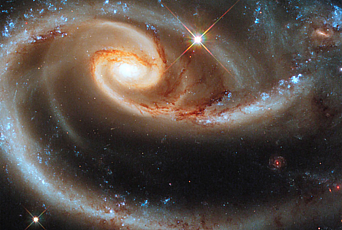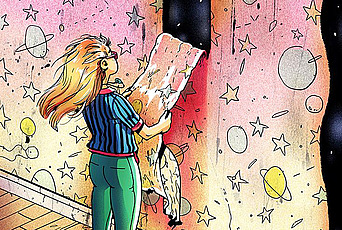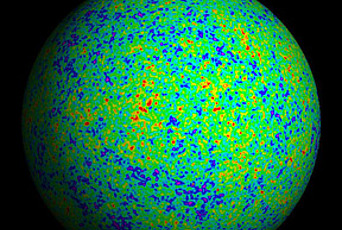
The End of the Universe As We Know It
Lawrence Krauss, Member (2005) in the School of Natural Sciences, asks "What if the world around us is just a shadow of reality?" in the New Yorker's Elements.
... The notion that the world of our experience is an accident of our particular circumstances rather than a direct reflection of underlying realities has become central to modern physics. Physicists even give it a fancy name: “spontaneous symmetry breaking.” Abdus Salam, Member (1951) in the School of Mathematics/Natural Sciences and Nobel Laureate (1979), described the phenomenon this way: Picture sitting down with a group of people at a round dining table set for eight. When you sit down, it may not be obvious which wineglass is yours and which is your neighbor’s—the one on the right or the one on the left. Still—regardless of the laws of etiquette, which dictate that you should drink from the glass on your right—once the first person picks up her glass, everyone else at the table has only one option if everyone is to get a drink. Even though the underlying symmetry of the table is manifest, the symmetry gets broken as soon as a direction is chosen for the wineglasses.
Yoichiro Nambu, Member (1952–54) in the School and Nobel Laureate (2008),—the first physicist to describe spontaneous symmetry breaking in particle physics—gives another example. Take a drinking straw, hold it up with one end on a table, and press down on the top end. Ultimately, it will bend. It could do so in any direction, and if you try the experiment several times, you may find it bending in different directions each time. Before you press down, the straw has complete cylindrical symmetry. Afterward, one direction among many possibilities has been chosen more or less at random. The direction of the bend isn’t determined by the underlying physics of the straw but by the accident of the particular way you press on it each time. The symmetry has been broken spontaneously.
Read more at the New Yorker.


